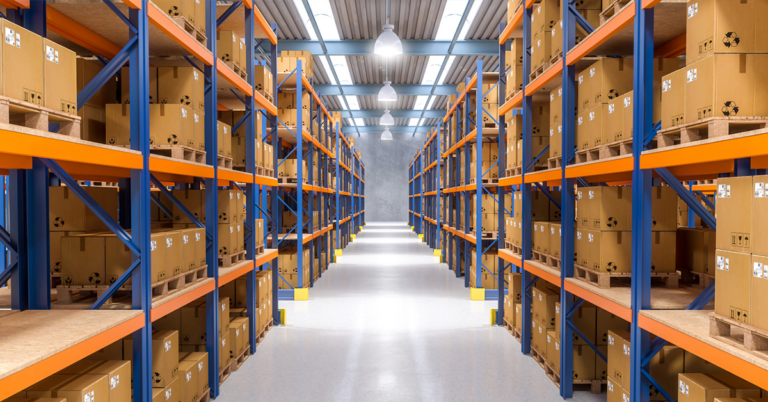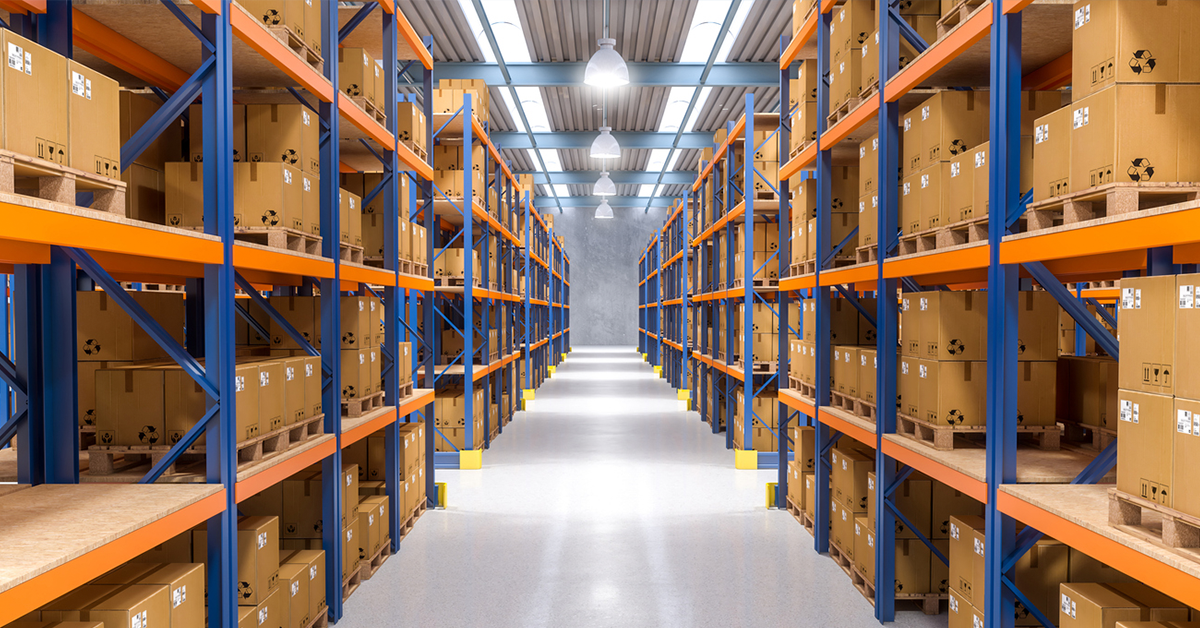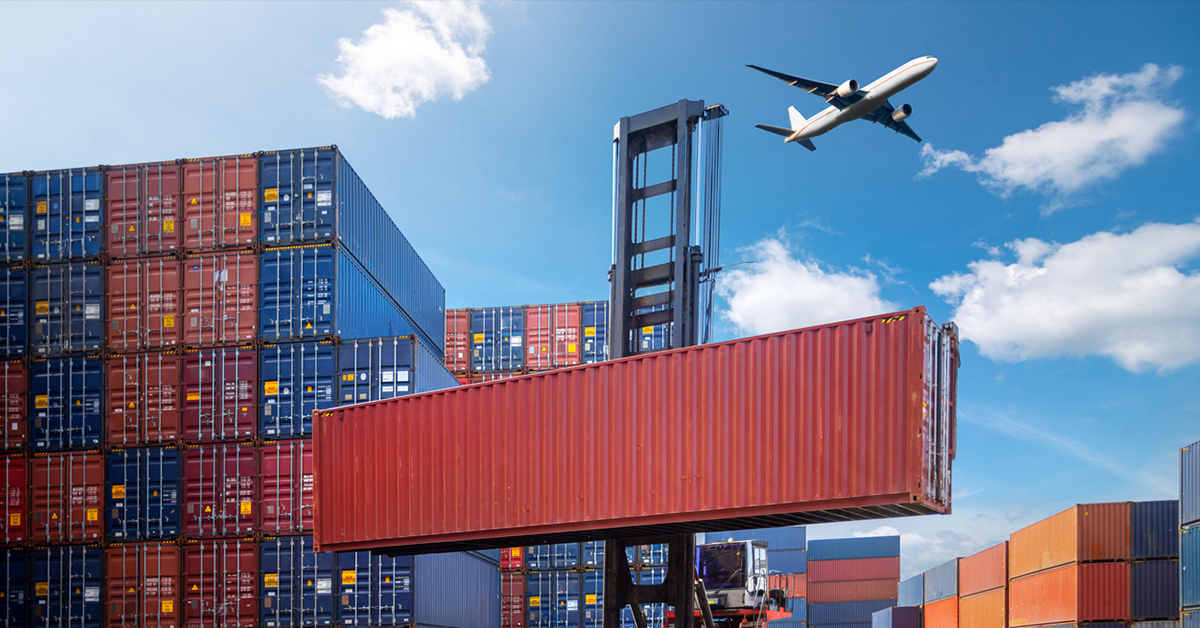Why is freight pricing reaching historical records?
The cost of transporting a container by ship has tripled since extreme confinement was lifted. Despite the crisis, the market rules out seeing the low prices that helped the economy and international trade recover after the 2009 crash, which will give inflation a boost.
According to the Shanghai index (SCFI), freight is around $2,900 for twenty-foot containers (TEUs), almost three times the $1,000 registered in the first week of January 2020 and 3.6 times more than the low of $800 in mid-April last year when shipping companies began to stop ships. The forty-foot container, the benchmark in the US, is around $5,200 compared to $1,800 at the beginning of last year.
Strong demand and a highly concentrated supply (85% of world trade is in the hands of only ten companies) increase each link in the logistics chain. For example, ship charter costs have grown since July 2020 from $10,000 to more than $200,000 in September of this year, and standard freight rates across all major routes also saw significant increases.
High prices severely affect the global trade market
These skyrocketing prices also have a different evolution according to geographical areas. On specific routes, the cost of shipping a forty-foot container that before the pandemic was just over $800 has now risen to over $10,000. International shipping lines with the United States are leading those increases.
Not only the outbreak of the pandemic caused extreme increases (of up to 500% depending on the routes)). The shortage of containers; the blockade of the Suez Canal for a week by the container ship Ever Given (a route that channels 12% of world trade), the very blockade restrictions that slow down world trade; the trade imbalance between China and the West and trade tensions between China and the US; the lack of workforce due to the pandemic and, finally, the large shipping companies taking advantage of the situation, add confusion and little predictability about the return to “normality” of rates.
Shipping companies, for their part, are working to overcome the difficulties posed in maritime transport as a result of the coronavirus pandemic. On the one hand, companies have recently made many announcements regarding the expansion of the container fleet to alleviate the shortage. On the other, shipping companies and alliances are restructuring their services and trying to get their ships to the places where they are most needed.
And yet, Maersk’s average freight rate (including both the contract and the spot agreement) was $3,038 per forty-foot equivalent unit, up 63% from the $1,868 by FEU in the second quarter of 2019. Spot’s Drewry World Container Index Prices increased to $9,371 per FEU this week, 6.7 times what it was two years ago.
When the pandemic hit, the existing container shortage worsened. The pandemic drastically slowed the production of new containers. Global container production fell 40% in the first half of 2020 compared to the same period in 2019 due to the coronavirus. In addition to this, port operations are moving more slowly during the pandemic because fewer people can work in ports simultaneously.
The current problems are likely to last at least until the end of the year, which means that rates will likely remain near their peaks until then. However, demand is expected to decline as retailer inventories pile up again, freeing up more containers and easing congestion. Reaching pre-pandemic levels, however, seems unlikely. Container lines learned from last year’s crisis that managing capacity could prevent rates from collapsing when demand declined, so this is likely to maintain levels higher than before the pandemic.
How are companies facing this situation?
At the moment, high costs and lack of capacity have impacted the industry’s times, which take longer to receive orders, and deadlines have been extended. Still, prices have not yet been noticed because the increase has been absorbed while waiting to normalize. It does not look like it will happen already, leading companies to bring production from Asia to North Africa. During the pandemic, the industry noticed that it had suppliers very far away, and the context of world trade is accelerating the decision.
According to data from Allianz and Berenberg, companies are reducing margins instead of increasing prices. However, with the arrival of the economic recovery, firms could begin to pass on these costs to consumers, increasing inflation figures by 2% to 3% by the end of 2021. The growing demand for products From China, a shortage of containers, and a strengthening Chinese Yuan boost import prices for the United States.
Some countries are already exporting more goods than they did before the pandemic, while in others, including the United States, exports continue to lag the overall recovery in production. Merchandise trade will continue to increase not only in major trading countries but also in those that are recovering. Competition for shipping capacity will continue, and the lopsided recovery will exacerbate some of the world’s trade problems, including blank sailings. In essence, all these factors add up to increased pressure on short-term freight rates.








